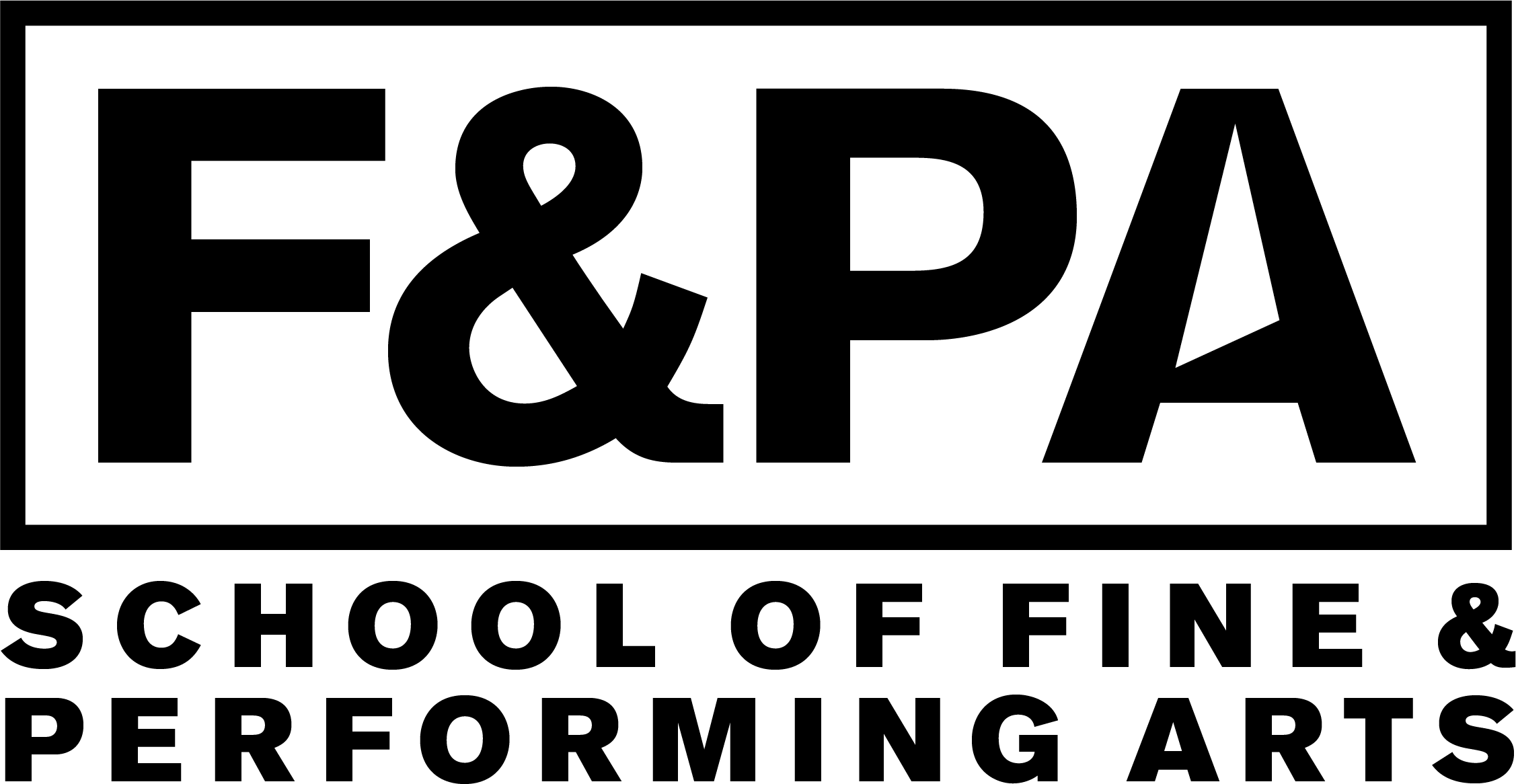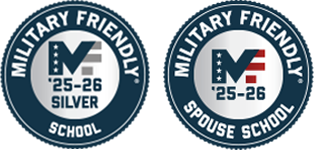The Foundation year is required for all art majors. Art majors engage in a first-year Foundation program in which they take, along with their General Education requirements:
- Drawing: Visual Thinking I
- Drawing: Visual Thinking II
- Design: Color
- Design: Form
- Art Seminar
In addition to preparing art majors for their course of study, the Foundation area administers several sections of “Introduction to Studio” which are open to students from any major on campus.
Drawing Overview
Drawing is an expansive year-long course in two parts: Visual Thinking I and II. The two semesters provide a sequence that introduces diverse approaches to established and emerging practices in drawing.
In Drawing: Visual Thinking I, the basics of perception are covered to train the hand and the eye in explorations of line, form, and space. In Drawing: Visual Thinking II, individual content is explored more rigorously through increased material exploration and digital experimentation. This two-part, year-long course establishes an ongoing approach to the use of drawing to initiate experiences that connect to two-dimensional, three-dimensional, and time-based art forms.
Students will develop an understanding and application of:
- Line and Mark: variety, gesture, contour
- Form: tonal value, light and shadow, shape/volume/plane
- Space: 2D and 3D, perspective, negative/positive, composition
- Value: range of tone along with grayscale, texture, pattern
- Criticality in thinking and making by exposure to artists, themes, and concepts
- Discipline in craftsmanship and experimentation with materials
- Subject matter, figure drawing, still life, environmentals, imagination, and relationship of form to material content
- Engagement in discourse/critique by asking questions and offering commentary to peers
- Awareness of art and design in the context of political, cultural, and social issues
Students will develop an understanding and application of:
- The kinds of drawing relevant to your individual pursuits in art/design/craft
- Investment in content and subject matter
- Different ypes of drawing: sketch, gesture, rendering, diagram, study, cartoon, etc.
- Color and light: monochromatic, full range, color mixing
- Combining media
- Extended research projects; thematic development
- Collaboration
- Consideration of drawing in relation to expanded studio practices
- Nourish criticality in thinking and making by exposure to artists, themes, and concepts
- Develop discipline for craft and experimentation with materials
- Subject matter, relationship of form to content
- More in-depth research into artists, designers, and craftspeople that can serve as role models
- Engagement in discourse/critique by asking questions and offering commentary to peers
- Awareness of art and design in context of political, cultural, and social issues
Design: Color
This course explores how images work, how they are constructed and what they mean. The course provides a sequence of projects that investigates the use of images through traditional and emerging media. Studio practice grounds color theory and two-dimensional composition through consideration of content, context, and audience.
Students will develop an understanding and application of the following:
- A basic, formal introduction to two-dimensional study
- Introduce and contextualize color, shape, and composition
- Color theory, color perception, psychology of color, and its role in culture in multiple media
- Introduce a range of techniques: paint, cut paper, photo & digital media, and public space
- Nourish criticality in thinking and making through exposure to artists, themes, and concepts
- Develop discipline for craft and experimentation with materials
- Subject matter, relationship of form to material content
- Engagement in discourse/critique by asking questions and offering commentary to peers
- Awareness of art and design in context of political, cultural, and social issues
Design: Form
This course explores three-dimensional and time-based work. Projects utilize traditional sculpture media and digital technology to explore contemporary understandings of form, structure, space, time, materiality, site and performance.
Students will develop an understanding and application of the following:
- A formal and conceptual introduction to three-dimensional object making in the fields of art, craft, and design
- A formal and conceptual introduction to time-based media, performance, and site-specific installation
- Form, function, structure, content, materiality, and space/site.
- A range of traditional and experimental processes including basic construction, mold making and casting, and time-based digital techniques
- Discipline in craftsmanship and basic tool competency
- Criticality in thinking and making through exposure to historical and contemporary artists, themes, and concepts in regard to three and four dimensions
- Discourse/critique through asking questions and offering commentary to peers
- Creative production in aesthetic, conceptual, and cultural terms
- Art and design in the context of political, cultural, and social issues
- A wide range of research methodologies
Art Seminar
The Art Seminar provides an opportunity for art majors to explore issues and questions in the contemporary arts. It has been created as an open forum for ongoing discussion of contemporary culture.
Art Seminar classes attend visiting lectures where artists, designers, and critics present their current work and issues in their fields. Other class meetings include discussions, presentations, and videos providing a context for contemporary art movements.

